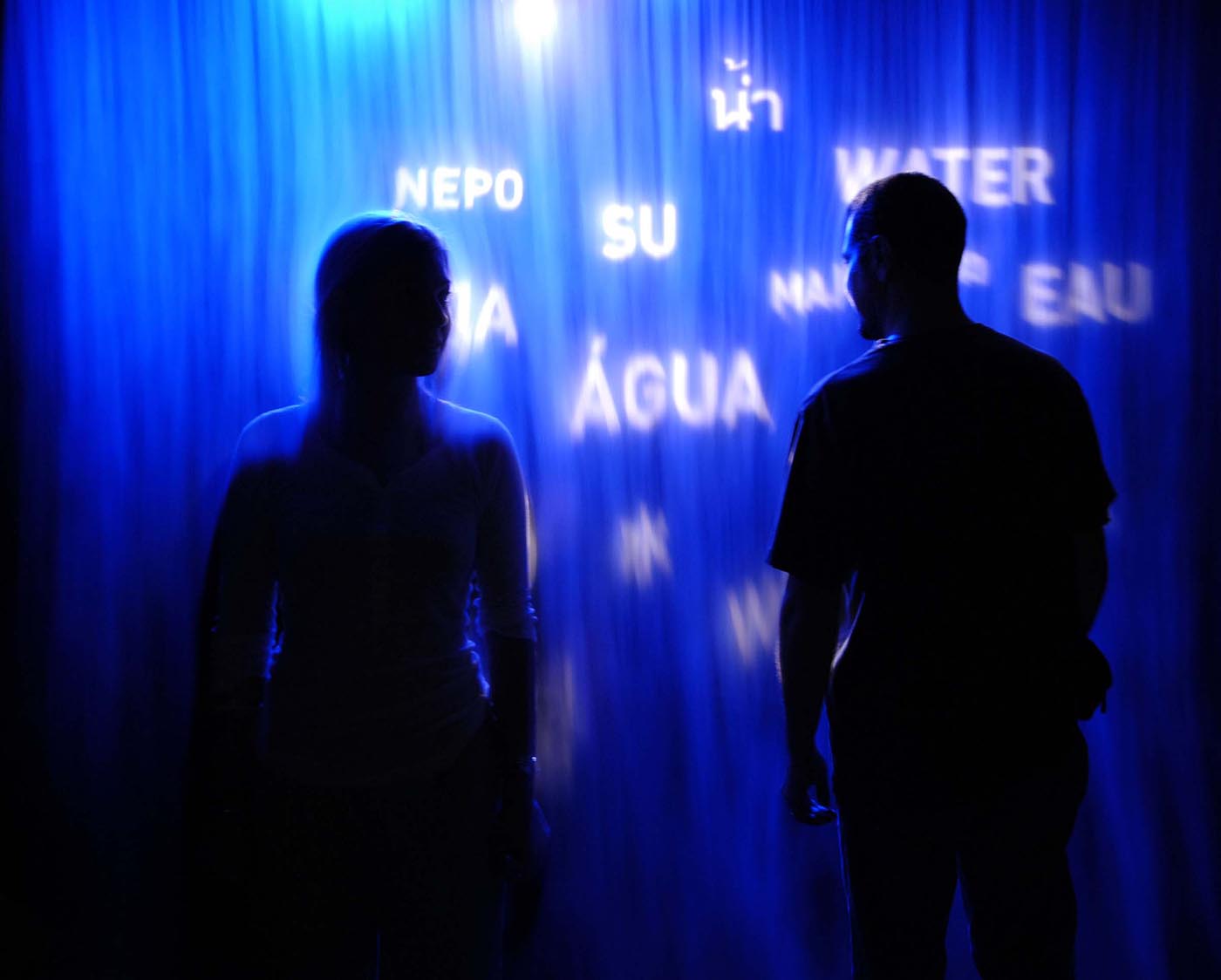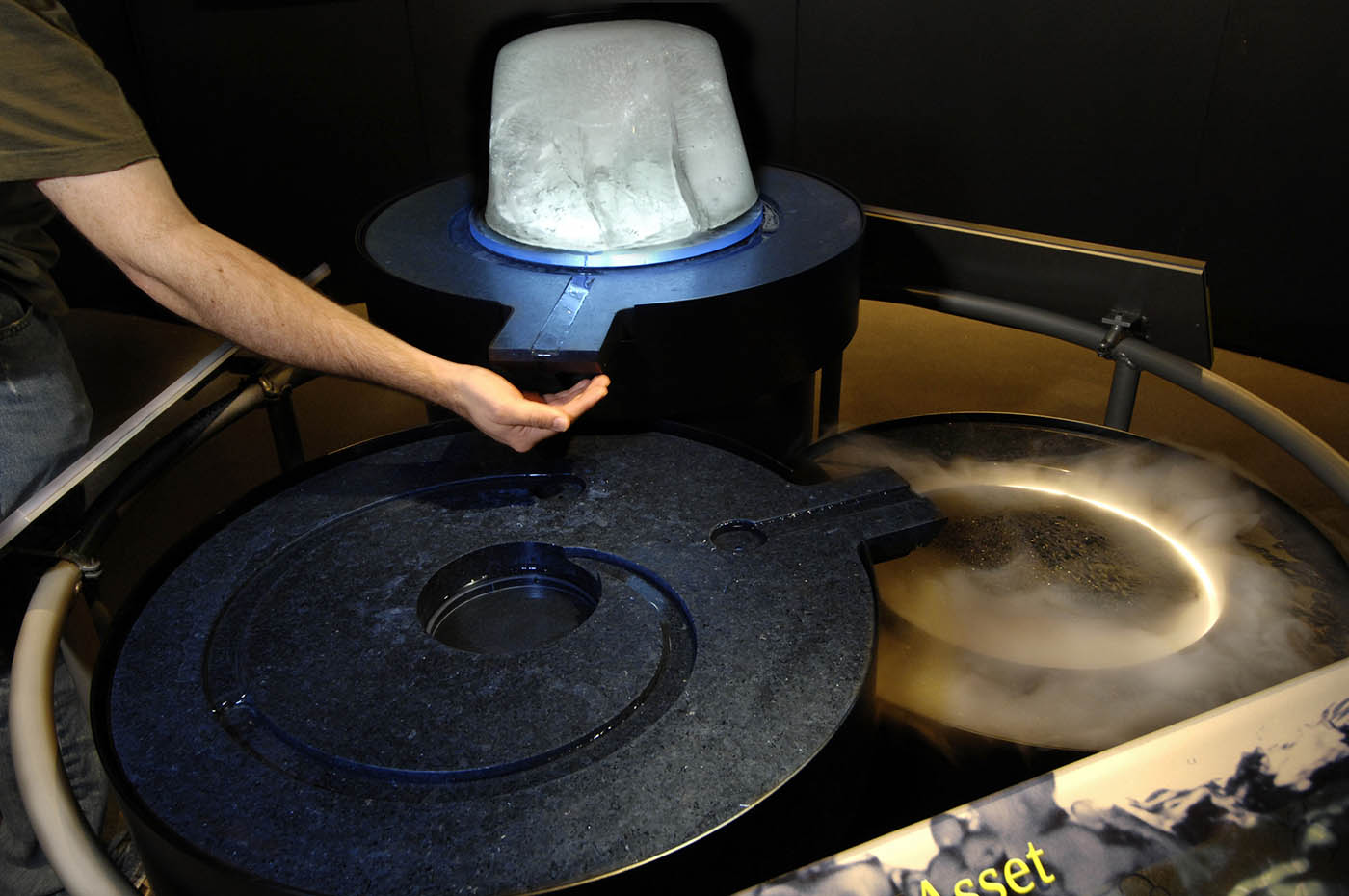Water: H20=Life was an ode to the beauty and wonder of water, and a penetrating look at the way humans have used water for thousands of years.
This international exhibition, shown exclusively in Australia at the National Museum in Canberra, analysed the natural and cultural sides of the fluid that underpins life on earth.
A valuable global resource
Using imaginative presentations, multimedia, live animals, soundscapes, objects and dioramas, the Water exhibition aimed to make people more aware of water's key role on the planet and of the need for it to be valued highly, rather than taken for granted.
Visitors to the exhibition:
- explored how life has adapted to some of the wettest, driest and iciest places on earth
- investigated the extraordinary physical and chemical properties of water
- analysed how people have used water throughout history
- discovered some of the many innovative technologies being used to give people access to much-needed water supplies
- were challenged to reconsider the way they viewed water.
Water: H20=Life was created by the American Museum of Natural History in New York, assisted by the Science Museum of Minnesota, St Paul. It was curated by the American Museum of Natural History’s Dr Eleanor Sterling.
The exhibition travelled the world to various international partners and completed its Istanbul show before coming to Australia. As the exhibition travelled to each international location, a module telling the local water story was added.
Australia’s water story
The National Museum of Australia was the sole Australian venue for Water: H20=Life. The Museum's local exhibition component, 'Australia's water story', examined:
- animal, bird and plant adaptation on the world's driest inhabited continent
- how Indigenous people have related to water
- the development of water resources in Australia
- water as one of the biggest issues confronting Australians.
- Last updated: 20 March 2010
- 4 programs
10 Apr 2010
The Age of Stupid – film screening and discussion
04 Mar 2010
Water and the spirit
Explore more on Water

